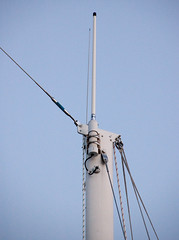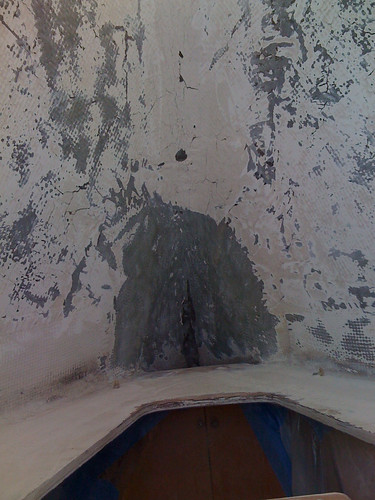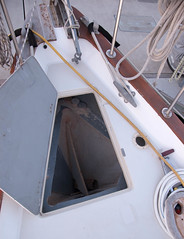Just wanted to take a second to give a shout out to a bunch of mailing
lists I’m on as I think they useful to anyone looking to go cruising
some day.
Puget Sound Cruising Club:
The PSCC holds monthly local meetings (if North Seattle Community College is
local to you) with topical speakers and on the water meetups. I find the
list is a good source of local knowledge and referrals. Most of the
members in PSCC have no long-term cruising plans beyond the Puget Sound,
but they love to hear about your plans. When Dawn and I did last go to
one of their Friday meetings we felt like a bit of a novelty, being
under 40, but we were very warmly received. I’d probably find time for
the meetings if they weren’t on Friday nights, but the list is a great
resource even without the meetings.
These next set groups are area specific and the membership seems to be
people actually cruising or planning to leave shortly. Conversations
tend to focus around best cruising guides, entrance requirements
changes, and referrals for mechanics, haul outs, marinas and anchorages
along the route. I am sure there are groups for other regions but as I
am not yet interested in those areas I’m not on those lists.
There are also several lists oriented towards different technologies you
might find of interest;
- Airmail2000
This list will walk you through setting Airmail using an internet
connection so you can at least rule out the SW not working when you
go to use it on your SSB Rig
- NavMonPC
NavMonPC is a PC based instrument display that works by displaying
the data on your NMEA network. I am experimenting with this on Deep
Playa. The guy who writes it is very nice and fixes bugs as you
point them out, but it has a ways to go still in terms of usability,
modernity of UI and reliability.
- WINMOR A
software based PACTOR hardware modem equivalent. I have a PACTOR so
I don’t really follow this group too closely. If you don’t have a
PACTOR you should at least give this a try.
- 12VDC_Power
Most members are doing off the grid installations,but they know a
lot about 12V DC, solar panels, wind generators, etc.
- Honda_EU2000_Generators
All hail the mighty Honda EU2000, enough said.

How do you handle all of that email?
- I use an email address that I don’t plan to use all that often once
we go cruising. That way random people won’t have my email address I
plan to use on my SSB.
- DIGEST MODE !!! You can edit your subscription to any Yahoo! Group
so it sends you a daily summary email of the posts on the group. For
these groups you’ll get one email per group instead of 5 to 10 (or
more).
- Stay on Topic – These lists are about getting things done, not
social networks (well maybe PSCC is, but it has low email volume) so
keep your replies and questions relevant.
Lot of information to glean and by all means don’t just ask for help,
try to offer some answers as well these lists only work if people who
have information share it.





